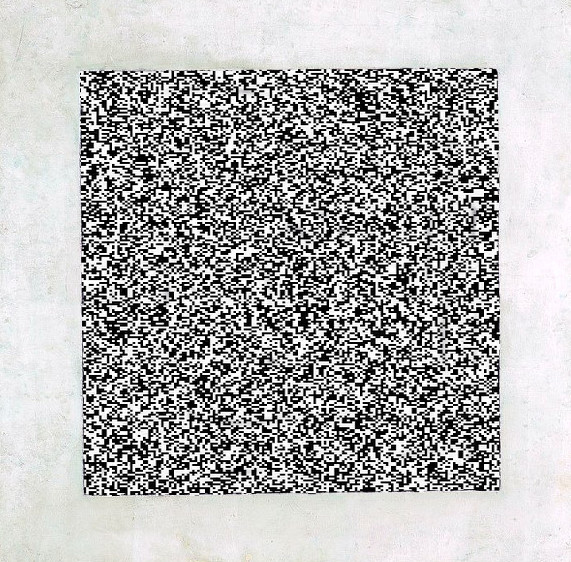Screenshot from the gallery's Instagram promotion (click or tap for more legible, full-size text):
Text of announcement (with bios):
FOR IMMEDIATE RELEASE
St Celfer Performance at ICOSA Collective, December 12, 2020
Austin, TX
St Celfer’s musical work “March of the Covids” will be performed at the ICOSA space in an unusual way -- as an abstract, encoded YouTube video. The song made its original appearance at the Casagaleria art space in São Paulo, Brazil as a 16 channel audio composition “distributed” in the gallery through directional speakers. At ICOSA the work will be presented virtually in the form of video projections, in a new, collaborative incarnation. “Covids” will be “played” as one of a suite of recent compositions by St Celfer, who is currently based in Seattle, and his long-time collaborator Tom Moody, a New York artist and musician.
Eleven tracks by the two artists have been converted to video using Pitahaya, a software program created by John Romero. Pitahaya turns the audio (which can still be heard) into a stream of random pixels resembling TV snow and QR codes. Uploaded to YouTube, the 35-minute video will be played by the gallery and may be watched like a Stan Brakhage-like abstraction, with fluctuating, chaotic correspondences between picture and sound. The video has embedded content but there is nothing subliminal or mystical about it: instead, Pitahaya has been used to convert a CD-quality version of the eleven songs, which can be downloaded and decoded as explained at http://jollo.org/LNT/doc/pitahaya/.
The audiovisual performance runs from 3-6 PM Central on December 12, 2020.
Biographical information
St Celfer has drawings (http://stcelfer.blogspot.com/) that have been recently acquired by the Museum of Contemporary Art, São Paulo and in November 2020, released “Suites #1-9” (https://stcelfer.bandcamp.com/album/suites-1-9). He has exhibited and performed primarily in New York as John Parker (http://www.eyekhan.com/index1.html) among other aliases.
Tom Moody is a New York-based artist (https://tommoody.us) and musician (https://tommoody.bandcamp.com/). Most recently his work was seen in the exhibition "PAUSE (prelude)" at Künstlerverbund im Haus der Kunst, Munich, Germany.
John Romero is an artist and programmer who was a member of the Computers Club collective (under the name Rene Abythe) and was profiled on Rhizome.org at https://rhizome.org/editorial/2011/dec/08/artist-profile-rene-abythe/. His website is at http://jollo.org/LNT/home/fanfare/.



